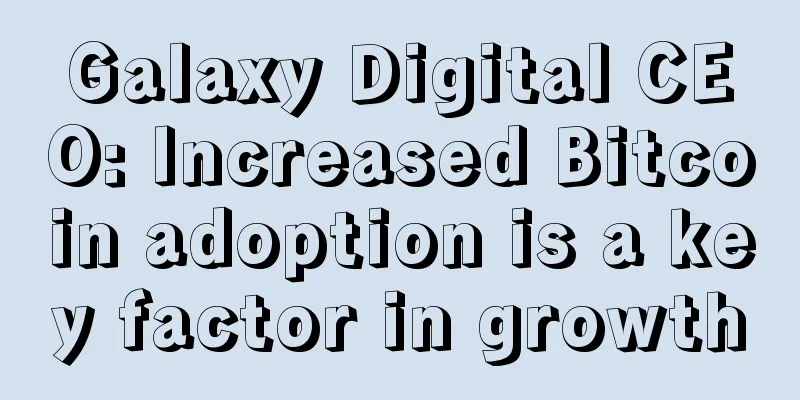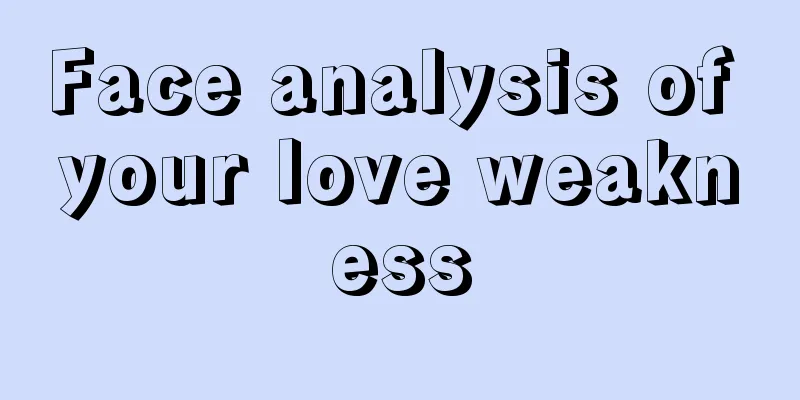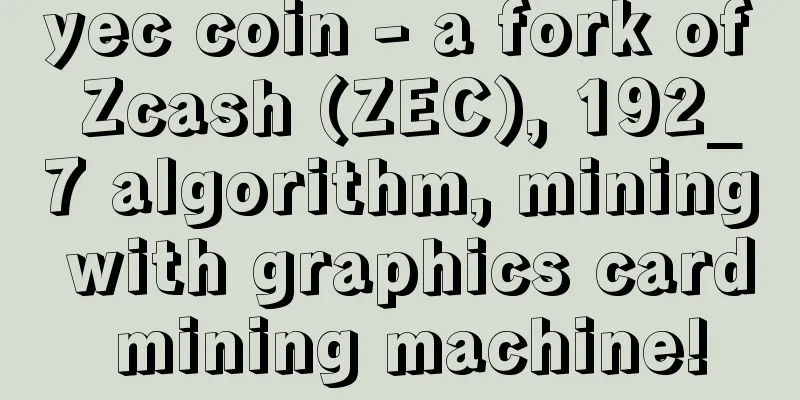Why might the next generation of storage be decentralized storage brought by blockchain?

|
In traditional data centers, companies manage their storage needs by adding server racks. In this world, storage is centralized, making it both inefficient and insecure. However, if there were a new open source storage project, the storage would be blockchain-based, providing end-to-end encrypted - highly decentralized - storage. Such storage would not be distributed to a few data centers, but rather distributed across hundreds or thousands (or millions?) of nodes, while also providing superior performance due to its peer-to-peer nature. Is that really true? Yes, it is. At least, if Storj lives up to its hype. In a conversation with lead developers John Quinn and James Prestwich from Storj Labs, they described a glorious future of storage that is cheaper, more secure, and performs better than any other data center or cloud storage offering. But will anyone use it? Blockchain is comingBlockchain has become an increasingly hot topic in recent months because of its ability to provide distributed security. However, little has been said about the technology's impact on storage. The developers of Storj aim to change that. Storj is an open source object storage similar to AWS S3 or Microsoft Azure Blob Storage. Storj (pronounced like 'storage' in English) hopes to make object storage easier to use through intuitive tools and documentation, a modern API and an open source try-before-you-buy approach. But in fact, all of this is mainly derived from the power of blockchain. You can think of Storj as a distributed cloud storage network, suitable for storing static content today, but the storage of objects in the future will be far more than that. This blockchain-based decentralization allows developers to store data in a secure, high-performance and cheap way, spreading the data across many nodes. As for the security of the data, the blockchain approach means that each file is shredded and encrypted with your own key, and then spread across the network until you are ready to use the file again. When you need to retrieve it, the files will be decrypted and quickly and seamlessly reassembled. By definition, Storj doesn’t need to build or operate data centers, so capital expenditures are minimal, which reduces storage costs. (Quinn told us that Storj’s storage costs are half of other cloud storage competitors, such as Amazon Web Services (AWS).) Storj’s peer-to-peer architecture also enables data from these different shards to be downloaded in parallel, allowing Storj to fully utilize your download connection rather than relying on inefficient single-source downloads. That’s the good news. The bad news is that Storj is still small, with only 5,000 API users and 7 terabytes of storage capacity in August 2016. However, it’s heartening to see that this number has increased by 100% in just the last month. Storj’s growth trajectory is still very positive. Stand out from the crowd in storageHowever, Storj needs more users and more storage capacity. As mentioned earlier, the biggest question is whether Storj can stand out. As one storage industry executive said, although he "loves Storj's technology, there are so many storage companies and the market is already very crowded that it's not enough to just have cool technology." Storj hopes its combination of ease of use and rock-bottom prices will attract developers, not to mention the option of selling excess storage capacity on their hardware to earn a bitcoin-like currency, while Storj pitches security and performance to the businesses that employ those developers. In turn, Storj Labs makes the Storj project easier to use by removing the pain points of running a Storj network node. The company handles bridge networks, payments, auditing, contract negotiation, shard placement, and more so that users can have a smooth and simple object storage experience. As the Storj network grows, the company is able to observe historical performance data of network nodes and then optimize network usage. As to whether this is enough, we can only say ‘maybe’. This technical approach is cool, and improving storage costs, security, and performance is even cooler. However, I doubt that large-scale use will occur until a large cloud storage provider joins the blockchain storage market, perhaps by acquiring Storj. |
<<: US judicial authorities take action again, New York federal judge rules Bitcoin is currency
>>: The Washington Post: Magical Bitcoin Mining Finds a New Home in Tibet
Recommend
Coin Metrics: Bitcoin Mining Report Q3 2024
Key points : In the third quarter of 2024, Bitcoi...
What does a mole on the ear mean?
Everyone has moles on their body, and moles in di...
R3 member Mike Hearn: The Bitcoin experiment has failed
Editor's note: In the Bitcoin community, the ...
Digital asset thefts are common. How to ensure the safety of your own assets?
Digital asset thefts have occurred frequently, an...
What does the broken palm represent?
A broken palm is a relatively unique palm pattern...
Is it good for a woman to have a collapsed Tiancang? Where is Tiancang located?
Fortune telling based on facial features has a lon...
Signs that a boy is destined to be rich and powerful. The following are the signs that rich and powerful people have good looks.
Wealth and honor are what many people pursue thro...
What does the star pattern on the success line mean?
The star patterns that appear on the success line...
Does a mole on the palm represent wealth?
Although each of us has moles, few people have mo...
Face reading: what does a man's deep nasolabial folds mean?
Nasal folds refer to the two lines extending from...
Mole position and destiny - which moles bring bad luck
Many moles on our body will bring us good luck, b...
Use physiognomy to see what is bothering you
Use physiognomy to see what is bothering you Real...
Palmistry reveals who will be in charge in the future
Palmistry reveals who will be in charge in the fu...
The success or failure of your career can be determined by the shape of your muscles and bones
Although physiognomy mainly looks at the head, th...
Goodbye Diem, Facebook's global payment dream
Libra, which was once highly anticipated by Faceb...









